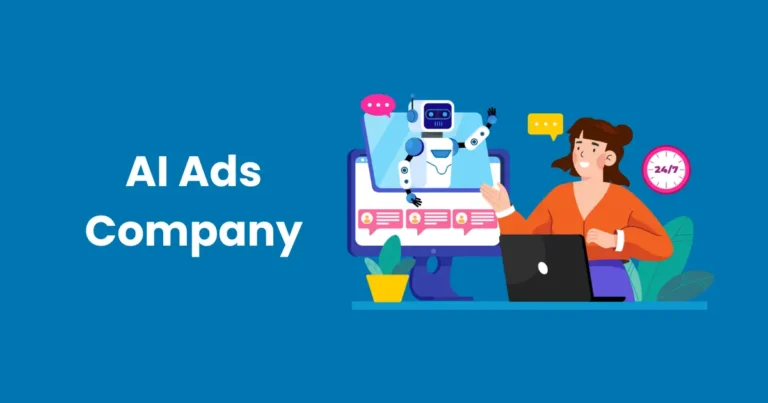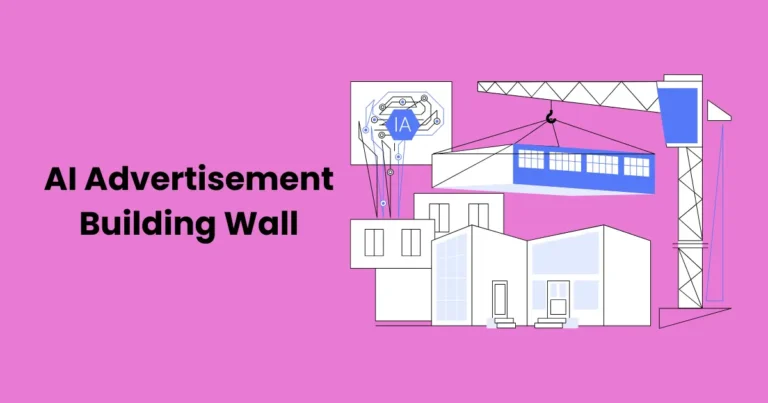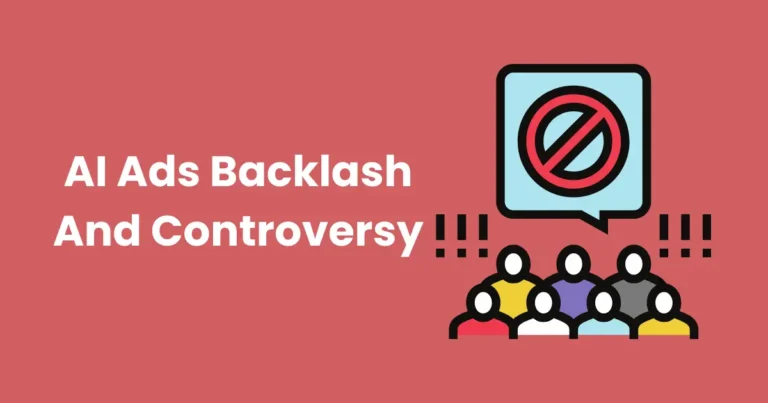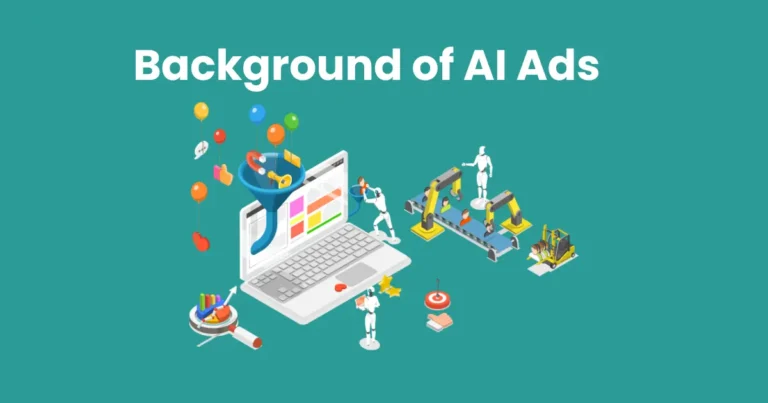Can I use Leonardo AI for commercial use? | How to Get Started in 2024
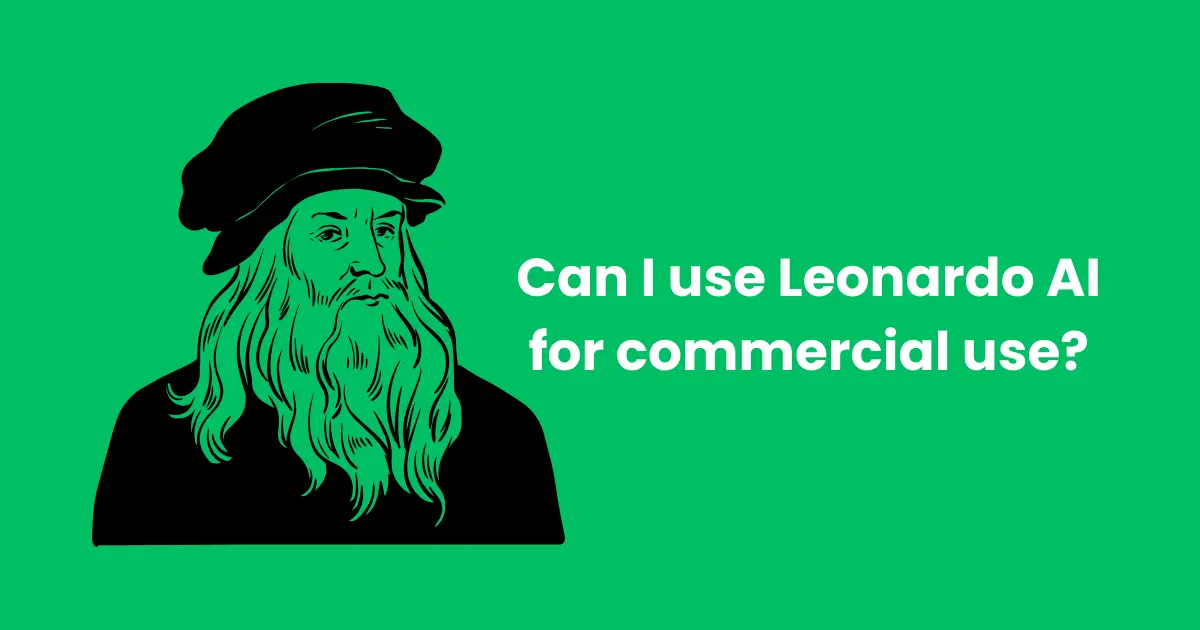
Contents
- 1 Understanding Leonardo AI’s Licensing
- 2 Commercial Use Policy
- 3 Advantages of Using Leonardo AI for Commercial Purposes
- 4 Limitations and Risks of Commercial Use
- 5 How to Get Started with Leonardo AI for Business
- 5.1 Step 1: Understand Your Business Needs
- 5.2 Step 2: Choose the Right Plan
- 5.3 Step 3: Create an Account
- 5.4 Step 4: Familiarize Yourself with the Platform
- 5.5 Step 5: Start Creating
- 5.6 Step 6: Integrate AI into Your Workflow
- 5.7 Step 7: Stay Updated on Licensing
- 5.8 Step 8: Monitor Performance and ROI
- 5.9 Step 9: Seek Support When Needed
- 6 Comparison with Competitors
Artificial intelligence (AI) is transforming industries by enabling faster, smarter, and more efficient workflows. Among the growing list of AI tools available, Leonardo AI for commercial stands out as an innovative solution for creative and business needs. Whether you’re generating art, designing prototypes, or automating workflows, Leonardo AI offers a range of features that cater to various users.
But for businesses and creators alike, a key question arises: Can I use Leonardo AI for commercial use? This question is crucial for entrepreneurs, marketers, and content creators looking to leverage AI tools while staying compliant with legal and licensing requirements.
In this article, we’ll explore the commercial use policies of Leonardo AI, uncover its advantages and limitations, and provide actionable insights to help you make an informed decision. By the end, you’ll understand how to utilize Leonardo AI effectively for your business needs.
Understanding Leonardo AI’s Licensing
To answer the question, “Can I use Leonardo AI for commercial use?” it’s essential to understand its licensing terms. Licensing determines how users can access, use, and benefit from the tool’s capabilities, particularly in commercial contexts.

Overview of Usage Rights
Leonardo AI offers different tiers of usage, ranging from free plans to premium subscriptions. Each plan comes with its own set of limitations and permissions, particularly concerning the usage of generated outputs for commercial purposes.
- Free Plan: The free plan is typically designed for personal or non-commercial use. While it allows users to explore Leonardo AI’s features, outputs generated under this plan may have restrictions on commercial applications.
- Paid Plans: Premium plans often provide more flexibility, including licensing that allows for commercial use. These plans are ideal for businesses, entrepreneurs, and professional creators.
Free vs Paid Plans
- Free Plan Restrictions: Users on the free plan may encounter watermarks or usage clauses that prohibit selling, redistributing, or monetizing the generated content.
- Paid Plan Benefits: Subscribing to a paid plan usually grants users full ownership or specific rights to use the outputs commercially, making it a viable option for professional use cases.
Understanding these distinctions ensures that businesses comply with Leonardo AI’s policies and avoid potential legal issues.
Importance of Reviewing Terms and Conditions
Before integrating Leonardo AI into your commercial workflow, it’s critical to review its terms of service and licensing agreements. These documents detail what is permissible, ensuring you remain compliant while maximizing the tool’s benefits for your business.
By selecting the appropriate plan and adhering to its licensing terms, you can confidently answer, “Yes, I can use Leonardo AI for commercial use” under the right conditions.
Commercial Use Policy
The commercial use policy of Leonardo AI outlines the permissions and restrictions regarding the utilization of its outputs in business or profit-driven settings. This policy is essential for individuals and organizations planning to integrate Leonardo AI into their commercial operations.

Permissions and Restrictions
Leonardo AI’s commercial use policy generally depends on the user’s subscription tier and compliance with its terms of service. Here’s an overview of what is typically allowed and restricted:
What Is Allowed
- Content Creation for Profit: Users on premium or enterprise plans can create and monetize content, including graphics, designs, and text-based outputs.
- Marketing and Branding: Businesses can use AI-generated outputs for advertisements, social media campaigns, and branding materials, provided the terms of the plan permit it.
- Product Integration: Generated content can be integrated into commercial products such as e-books, merchandise, or digital platforms, depending on the license.
What Is Restricted
- Free Plan Limitations: Outputs created under the free plan are generally not licensed for commercial use. Attempting to monetize free outputs may lead to violations.
- Reselling AI Outputs: Direct reselling of AI-generated outputs without significant modification may be prohibited, even under paid plans.
- Compliance with Local Laws: Users must ensure that commercial applications of AI outputs adhere to copyright, trademark, and other legal requirements in their region.
Intellectual Property Considerations
Understanding ownership of AI-generated content is crucial for commercial use. In most cases:
- Paid Plans: Users typically own the rights to the generated content, granting them the freedom to use it commercially.
- Free Plans: Content ownership might remain with Leonardo AI or be subject to restrictions outlined in the terms of use.
Why the Commercial Use Policy Matters
Failing to adhere to Leonardo AI’s commercial use policy can result in legal disputes, fines, or termination of access to the platform. Businesses must carefully review the policy and align their activities with the licensing agreement to ensure compliance.
By understanding and respecting the commercial use policy, businesses can confidently leverage Leonardo AI for profit-driven ventures while staying within the bounds of the law.
Advantages of Using Leonardo AI for Commercial Purposes
Leveraging Leonardo AI for commercial purposes offers numerous benefits, making it an attractive tool for businesses seeking efficiency, creativity, and scalability. Below are the key advantages of using Leonardo AI for your commercial endeavors:

1. Cost-Effectiveness
One of the biggest advantages of Leonardo AI is its affordability compared to hiring traditional professionals for tasks like design, content creation, or data analysis. With paid plans tailored to commercial users, businesses can access powerful AI tools without incurring hefty operational costs.
2. Enhanced Productivity
Leonardo AI automates repetitive tasks and accelerates workflows, enabling businesses to achieve more in less time. For instance:
- Marketers can generate high-quality visuals for campaigns within minutes.
- Designers can create prototypes and concepts without starting from scratch.
This increased efficiency helps businesses focus on strategic initiatives rather than mundane processes.
3. Scalability for Businesses
Whether you’re a small startup or an established enterprise, Leonardo AI provides scalable solutions to meet your needs.
- Small businesses can use it to produce professional-grade outputs without the need for extensive resources.
- Larger organizations can integrate the tool into their workflows to handle high-volume tasks.
4. Customization and Versatility
Leonardo AI offers a wide range of tools and settings to customize outputs according to specific requirements. From generating unique designs to creating tailored content for diverse audiences, the flexibility of the platform ensures it fits seamlessly into various industries, including:
- Marketing
- E-commerce
- Education
5. Competitive Advantage
Businesses that use Leonardo AI for commercial purposes gain a competitive edge by delivering innovative and high-quality products or services faster than competitors. AI-powered tools also enable businesses to stay ahead of trends by generating fresh, creative ideas.
6. Accessibility to Advanced Features
With its paid plans, Leonardo AI provides access to advanced features like higher-resolution outputs, priority processing, and enhanced customization options. These features empower businesses to deliver exceptional results that stand out in the market.
7. Eco-Friendly and Sustainable
Using AI tools like Leonardo AI can reduce the need for physical resources, such as paper or traditional design materials, contributing to a more sustainable and environmentally friendly business model.
By capitalizing on these advantages, businesses can unlock new opportunities, streamline operations, and create impactful results using Leonardo AI for commercial purposes.
Limitations and Risks of Commercial Use
While Leonardo AI offers numerous benefits for commercial purposes, businesses must be aware of its limitations and potential risks. Understanding these factors helps users make informed decisions and navigate challenges effectively.

1. Licensing and Compliance Issues
One of the most critical limitations is ensuring compliance with Leonardo AI’s licensing terms. Key concerns include:
- Free Plan Restrictions: Businesses using the free plan may face legal consequences if outputs are used commercially without proper licensing.
- Ambiguity in Ownership: Depending on the plan, questions about who owns the AI-generated content can arise, leading to disputes.
2. Quality and Originality Concerns
AI-generated outputs may not always meet professional quality standards or be entirely original.
- Repetitive Outputs: Similar designs or content may be generated for multiple users, reducing uniqueness.
- Refinement Requirements: Outputs often require manual adjustments or creative oversight to align with brand standards.
3. Ethical Implications
Using AI tools like Leonardo AI raises ethical concerns, particularly in creative industries.
- Authenticity: Businesses must disclose if AI-generated content is used in ways where authenticity matters, such as art or journalism.
- Job Displacement: Increased reliance on AI may contribute to reduced demand for traditional creative professionals.
4. Dependency on Technology
Relying heavily on AI tools like Leonardo AI can create a dependency that poses risks, such as:
- Downtime or Outages: If the service is unavailable, it could disrupt workflows.
- Lack of Human Creativity: Over-dependence on AI might stifle innovation and creative problem-solving within teams.
5. Legal Risks and Copyright Issues
There are inherent legal risks in using AI-generated content for commercial purposes:
- Copyright Infringement: If the AI generates content resembling existing copyrighted material, businesses may face legal challenges.
- Local Regulations: Users must ensure compliance with local laws governing AI-generated works and intellectual property.
6. Data Privacy and Security
Using Leonardo AI for business purposes may involve sharing sensitive data, leading to potential risks:
- Data Breaches: Uploaded data or files could be vulnerable to cyberattacks.
- Privacy Concerns: Businesses must verify how Leonardo AI handles and stores user data to ensure compliance with data protection regulations.
7. Limitations in Customization
While Leonardo AI offers versatile tools, its capabilities may not fully match the specific needs of all industries.
- Lack of Contextual Understanding: The AI might struggle to produce highly nuanced or industry-specific outputs.
- Limited Customization for Free Users: Advanced customization options are often reserved for premium plans.
8. Long-Term Costs
Although Leonardo AI’s paid plans are cost-effective initially, businesses must assess:
- Ongoing Subscription Fees: These can add up over time, especially for premium features.
- Cost-Benefit Ratio: The value derived from the tool must justify its recurring expenses.
Mitigating the Risks
To minimize these risks, businesses can:
- Thoroughly review licensing agreements and ensure compliance.
- Use AI-generated content as a supplement to human creativity, not a replacement.
- Implement robust data security measures.
- Regularly evaluate the tool’s cost-effectiveness.
By addressing these limitations and risks, businesses can harness the power of Leonardo AI responsibly and efficiently for commercial use.
How to Get Started with Leonardo AI for Business
Implementing Leonardo AI into your business operations can significantly enhance productivity, creativity, and scalability. Here’s a step-by-step guide to help you get started:

Step 1: Understand Your Business Needs
Before adopting Leonardo AI, identify the specific areas where AI can add value to your business.
- Creative Content: Are you looking to generate visuals, designs, or text?
- Automation: Do you need to streamline repetitive tasks?
- Scaling: Are you aiming to handle high-volume creative or operational tasks?
Having clear objectives will help you choose the right plan and features.
Step 2: Choose the Right Plan
Leonardo AI offers various plans tailored to different user needs.
- Free Plan: Best for testing features but limited to personal or exploratory use.
- Paid Plans: These provide advanced tools, priority access, and rights for commercial use. Evaluate your business size and requirements to select the appropriate plan.
Step 3: Create an Account
To get started:
- Visit the official Leonardo AI website.
- Sign up with your business email address.
- Choose your subscription plan during registration or upgrade later from your account settings.
Step 4: Familiarize Yourself with the Platform
After signing up, explore the features and tools available:
- Templates and Presets: Review built-in options for generating content.
- Customization Tools: Learn how to tailor outputs to suit your brand.
- Help Resources: Use tutorials, FAQs, and support channels to get up to speed.
Step 5: Start Creating
Begin experimenting with Leonardo AI:
- Upload References: If needed, provide inspiration or input for the AI to create outputs aligned with your vision.
- Customize Outputs: Use the platform’s editing tools to fine-tune the generated content.
Step 6: Integrate AI into Your Workflow
Incorporate Leonardo AI into your business operations:
- Marketing: Use generated visuals and text for social media, ads, and branding.
- Product Design: Create prototypes or digital assets for your offerings.
- Operational Efficiency: Automate tasks like document generation or creative brainstorming.
Step 7: Stay Updated on Licensing
Ensure compliance with Leonardo AI’s terms of service:
- Regularly review any updates to the commercial use policy.
- Retain records of your subscription and outputs in case of licensing inquiries.
Step 8: Monitor Performance and ROI
Track the impact of Leonardo AI on your business:
- Efficiency: Measure time and cost savings.
- Quality: Evaluate the outputs’ effectiveness in achieving business goals.
- Scalability: Assess how the tool enables your business to grow.
Step 9: Seek Support When Needed
For technical issues or guidance:
- Use the platform’s support features, such as live chat or email assistance.
- Join user communities or forums to learn best practices and tips.
By following these steps, you can seamlessly integrate Leonardo AI into your business, leveraging its capabilities to achieve your commercial objectives while staying compliant with its policies.
Comparison with Competitors
When deciding whether to use Leonardo AI for commercial purposes, it’s helpful to compare it with other popular AI platforms. This comparison highlights Leonardo AI’s strengths and weaknesses relative to its competitors, allowing businesses to make an informed decision.

1. Leonardo AI vs. MidJourney
Key Features:
- Leonardo AI: Offers a broader range of creative and business-focused tools, making it suitable for diverse industries like design, marketing, and e-commerce.
- MidJourney: Primarily focused on generating artistic and stylized visuals, making it ideal for artists and designers but less versatile for other applications.
Advantages of Leonardo AI:
- More customizable outputs for business use.
- Commercial licenses available in premium plans.
Drawbacks:
- MidJourney excels in producing highly artistic visuals that may not always be replicable by Leonardo AI.
2. Leonardo AI vs. DALL-E 3
Key Features:
- Leonardo AI: Combines creative generation tools with workflow automation, catering to both creative and operational business needs.
- DALL-E 3: A tool from OpenAI, known for its exceptional ability to generate realistic and imaginative images from text prompts.
Advantages of Leonardo AI:
- More user-friendly interface for beginners.
- Broader application range for commercial tasks beyond art generation.
Drawbacks:
- DALL-E 3 often provides superior image quality and detail, which can be critical for high-end marketing campaigns.
3. Leonardo AI vs. Canva’s AI Tools
Key Features:
- Leonardo AI: Focused on generating original designs and content, with advanced customization options for businesses.
- Canva AI Tools: Built into the Canva platform, these tools offer simplified design creation tailored for quick, user-friendly outputs.
Advantages of Leonardo AI:
- More flexibility and originality for creating unique outputs.
- Advanced features for larger-scale projects.
Drawbacks:
- Canva’s AI tools are more accessible for non-designers due to their intuitive drag-and-drop interface.
4. Leonardo AI vs. Jasper AI
Key Features:
- Leonardo AI: Primarily focused on generating creative assets like visuals, designs, and prototypes.
- Jasper AI: Specializes in content creation, such as blog posts, social media captions, and marketing copy.
Advantages of Leonardo AI:
- Ideal for businesses needing visuals and prototypes.
- Offers integration for creative workflows.
Drawbacks:
- Jasper AI outperforms in generating high-quality, SEO-optimized text content.
5. Leonardo AI vs. Adobe Firefly
Key Features:
- Leonardo AI: An affordable solution for small businesses needing quick, versatile AI-generated content.
- Adobe Firefly: Provides a suite of AI tools integrated into Adobe’s professional-grade software, including Photoshop and Illustrator.
Advantages of Leonardo AI:
- More affordable for startups and small businesses.
- Simpler learning curve compared to Adobe tools.
Drawbacks:
- Adobe Firefly offers seamless integration with industry-standard tools, making it the preferred choice for professional designers.
Key Takeaways
- Versatility and Ease of Use: Leonardo AI stands out for its balance between user-friendliness and advanced capabilities, making it accessible for businesses of all sizes.
- Affordability: Compared to tools like Adobe Firefly, Leonardo AI offers a cost-effective solution for startups and small businesses.
- Creative Focus: While tools like MidJourney and DALL-E 3 may excel in specific areas, Leonardo AI provides a more comprehensive solution for both creative and operational needs.
By evaluating these comparisons, businesses can determine if Leonardo AI aligns with their specific requirements or if a competitor might better meet their needs.
Conclusion
In today’s fast-paced digital landscape, tools like Leonardo AI are revolutionizing how businesses approach creativity and productivity. With its versatile features, scalability, and cost-effective solutions, Leonardo AI empowers businesses to generate high-quality content, automate processes, and stay ahead in competitive markets. Whether you’re a startup seeking to create impactful visuals or an established company looking to streamline operations, Leonardo AI provides the flexibility and tools necessary to elevate your commercial endeavors. However, it is crucial to adhere to the platform’s licensing policies to ensure compliance and avoid potential legal complications.
While Leonardo AI offers numerous advantages, such as enhanced productivity and access to advanced features, businesses must also consider its limitations. Factors like data security, originality concerns, and dependency on AI tools should be evaluated carefully. By understanding the platform’s strengths and addressing its risks, companies can make informed decisions that align with their goals. Ultimately, Leonardo AI represents a powerful ally for businesses aiming to harness the potential of AI in their commercial ventures while maintaining ethical and legal practices.

